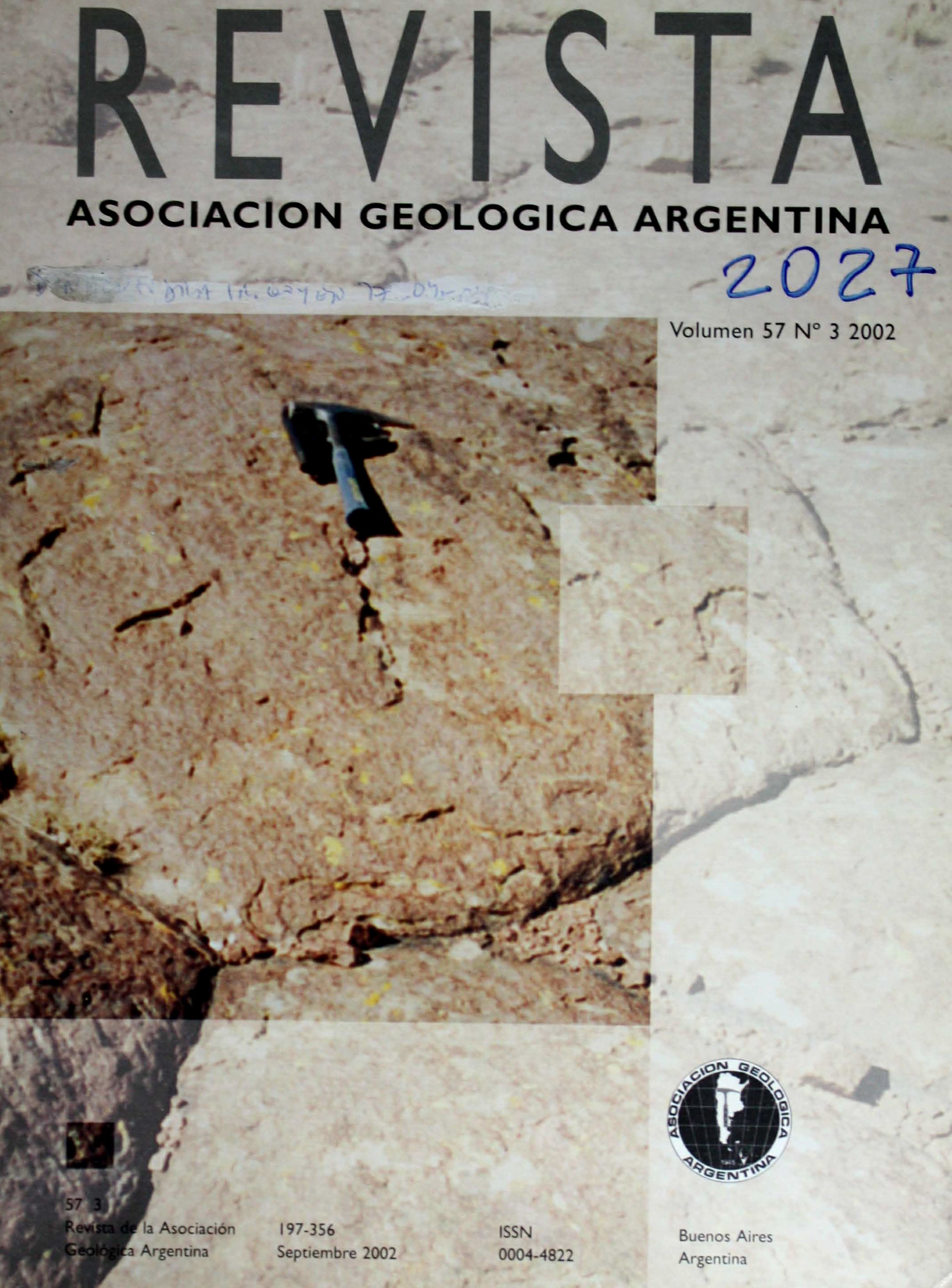Eruptive styles of the Pan de Azúcar volcanic dome complex - northern Puna
Main Article Content
Abstract
The Pan de Azúcar volcanic dome complex is a small dacitic center, erupted during the Middle Miocene in the southern portion of the Laguna de Pozuelos basin (northern Puna). The complex is associated with Ag-Pb-Zn±Sn mineralization, being part of a regionally extended group of similar magmatic features in the Central Andean Plateau. The eruptive activity in the Pan de Azucar complex comprised three cycles, with emissions from multiple vents linked by a ring fracture. The first cycle involved a plinian phase followed by a pelean event, both located on the northern edge of the complex. Violent explosions, caused by magma degassing, were followed by quieter lava eruptions, whose products were later destroyed by successive gravitational collapses. The second episode, hydromagmatic-vulcanian, occurred mainly in the central section, where hydromagmatic explosions -apparently directed to the west- generated surges, pyroclastic flows and minor fall-out deposits. Biotitic dacite domes and a subvolcanic stock (cerro Mina) were emplaced afterwards. The circulation of water around a progressively cooling magma chamber formed an epithermal system, causing alteration and mineralization of earlier deposits. The absence of hydrothermal alteration in rocks of the third cycle suggests that the epithermal event pre-dated it. The third cycle was mainly of pelean type and consisted of the explosive reactivation (hydromagmatic) of the system, and the shifting of the activity to the southern edge of the complex (cerro Negro) along the ring fracture. The vent was probably occupied by a banded, volatile-rich lava dome, later destroyed by an eruption of pelean s.s. type. Finally, the newly degassed magma erupted as biotitic-hornblendiferous dacite lava domes. The lithostratigraphical and petrographical guides used here to define the dominant subaerial origin of Pan de Azucar could be used to interpret the origin of similar magmatic features, either in Puna or other ancient volcanic terranes. The appropriate definition of such centres should have direct implications for prospecting, exploration and understanding of the ore deposits commonly related to them.
Article Details

This work is licensed under a Creative Commons Attribution-NonCommercial 4.0 International License.
Nota de copyright
Los autores conservan los derechos de autor y garantizan a la revista el derecho de ser la primera publicación del trabajo licenciado según una licencia de atribución Creative Commons que permite a otros compartir el trabajo con el reconocimiento de la autoría y de la publicación en la que se publicó por primera vez.
Declaración de privacidad
Los nombres y direcciones de correo electrónico introducidos en esta revista se usarán exclusivamente para los fines declarados por esta revista y no estarán disponibles para ningún otro propósito u otra persona.

